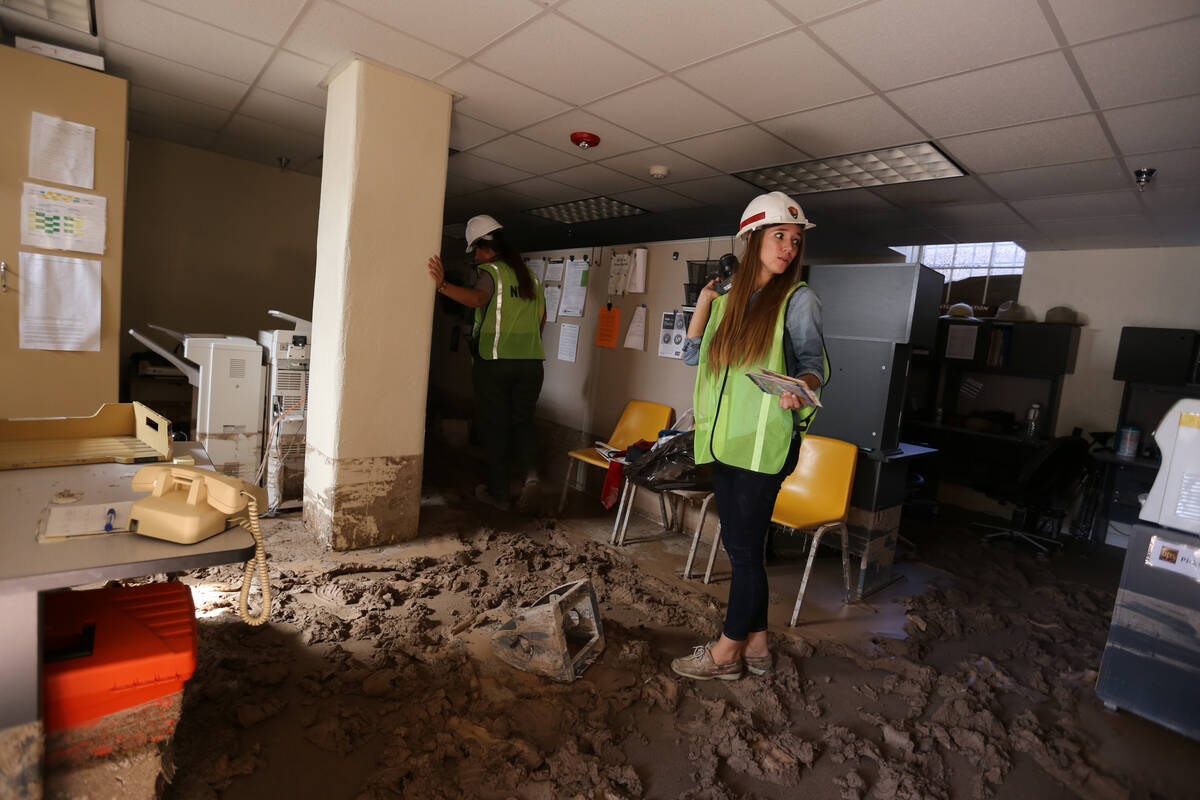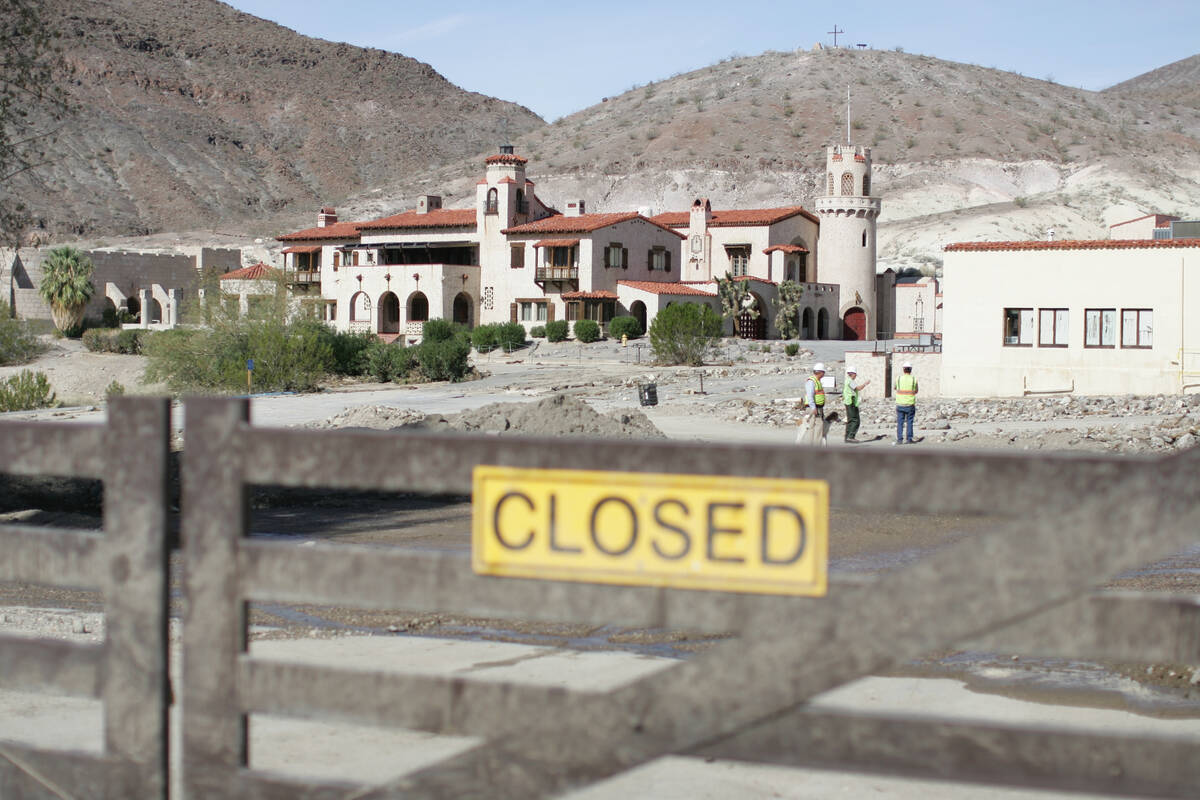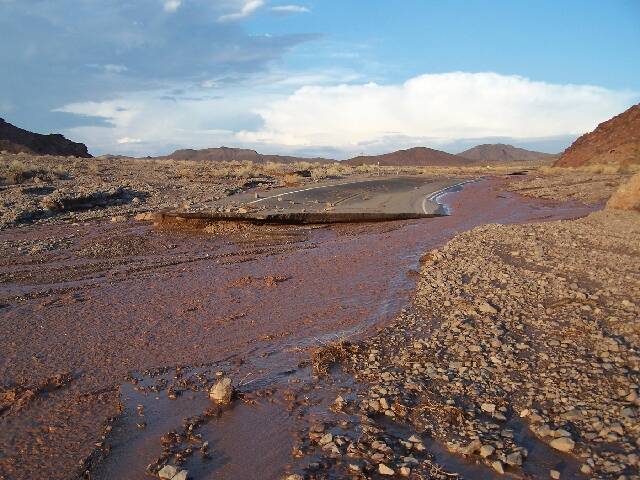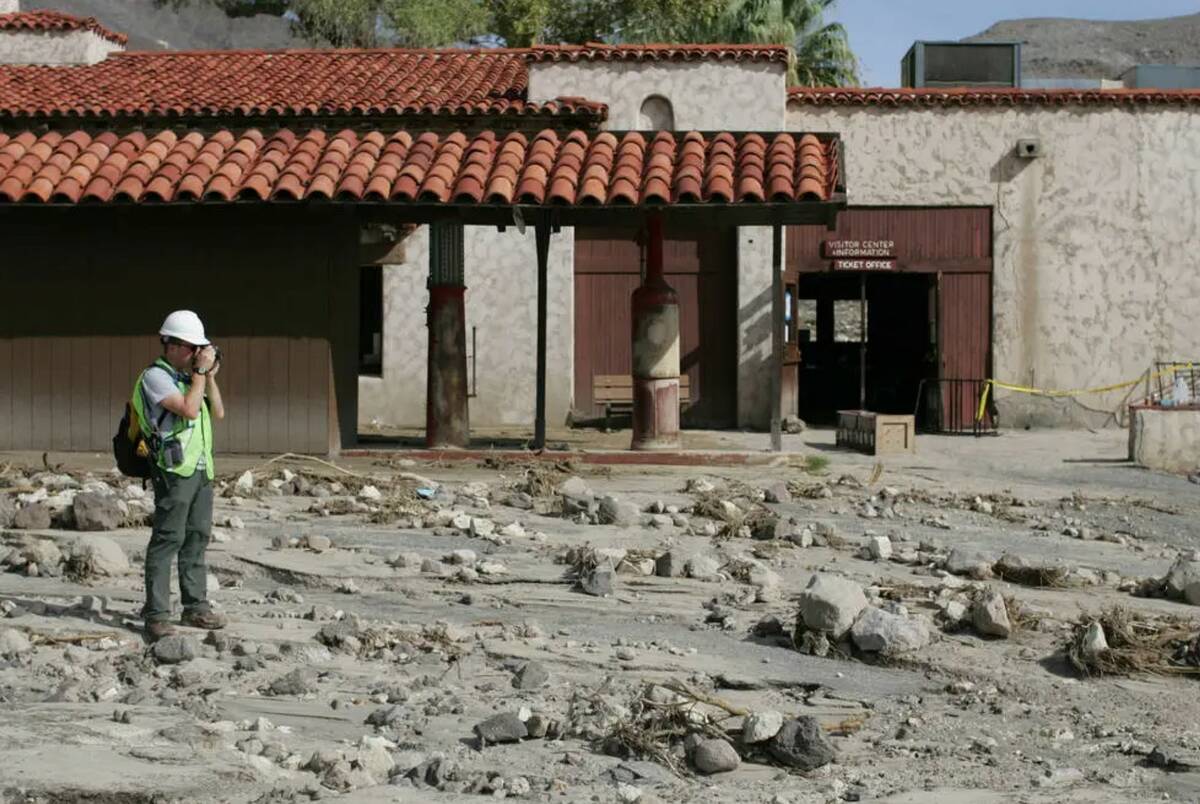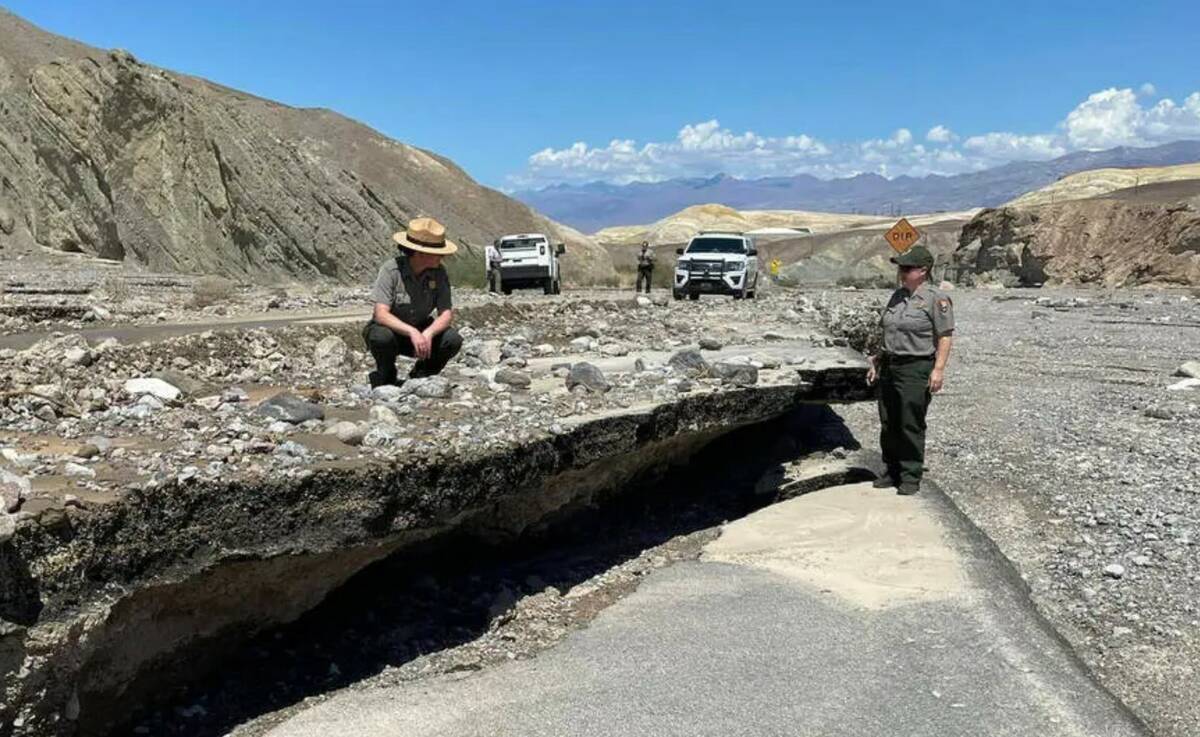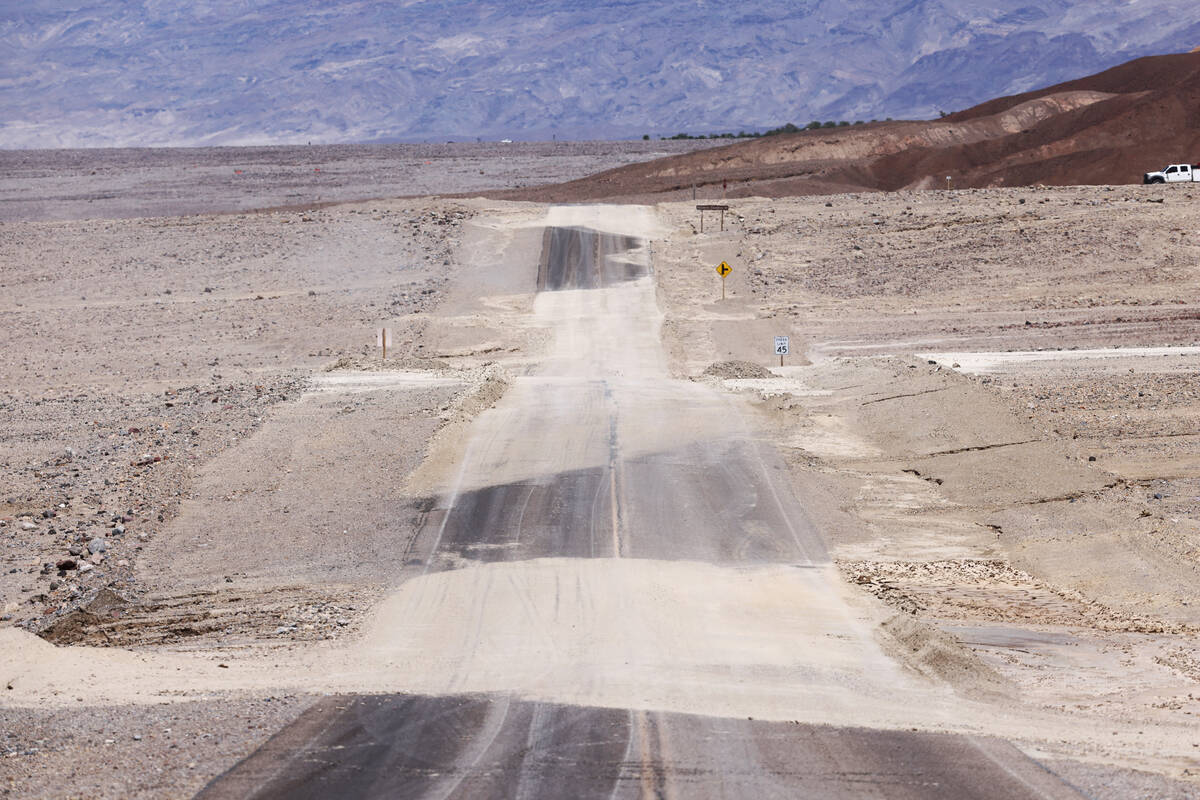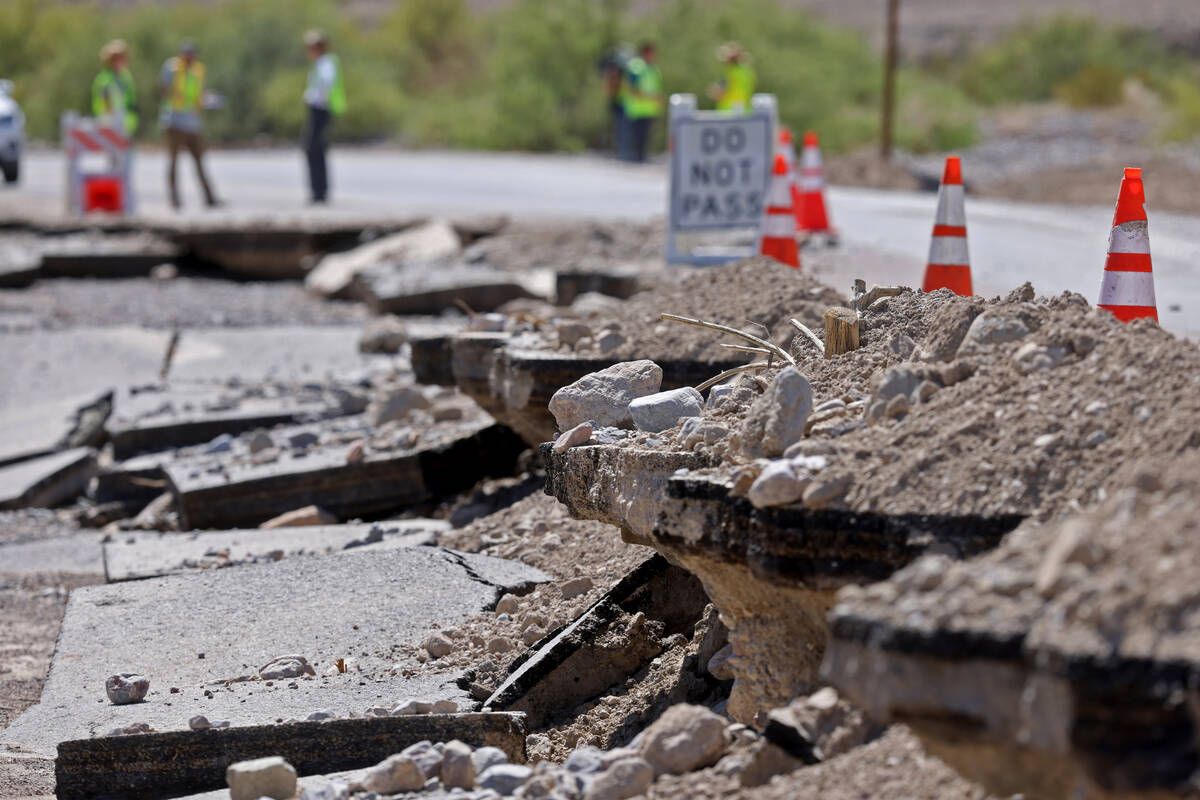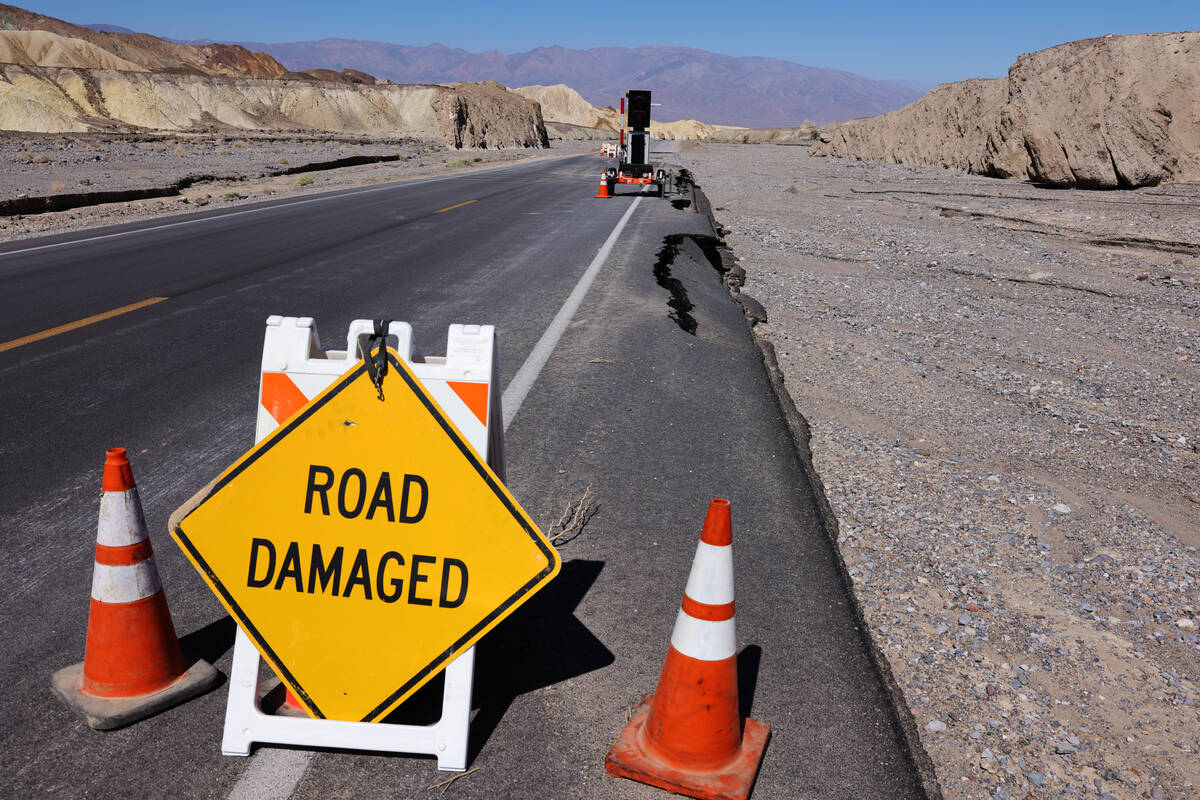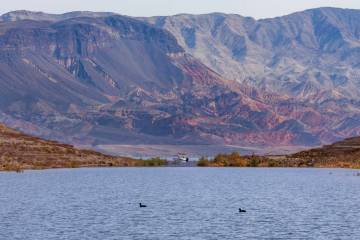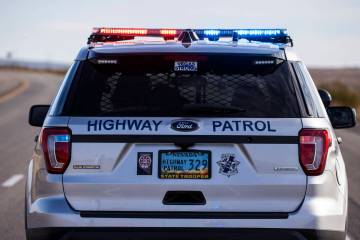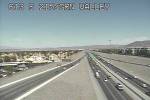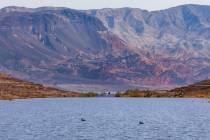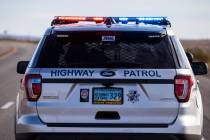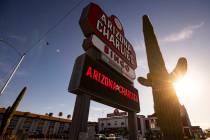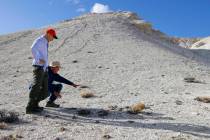Death Valley, hottest place on Earth, has history of floods — PHOTOS
It’s known as one of the hottest, driest places on Earth. But Death Valley is also known for some extreme flooding, especially in the last 20 years.
The August 2023 natural disaster was the latest chapter in a series of floods that have damaged roads and buildings (and in one case killed visitors) at Death Valley National Park in eastern California.
Let’s take a look back at some memorable floods.
August 2023
Blame it on Hilary. Or, more accurately, remnants from the rare western tropical storm. The park was closed after recording its rainiest day ever. About 400 people trapped there left five days after the storm hit on a Sunday.
On Aug. 20, the park received a record daily rainfall of 2.2 inches, more than the previous record of 1.7 inches from Aug. 5, 2022 (see below), and the average of 2.15 inches it gets in an entire year.
Before last year, the park’s single-day rainfall record was 1.47 inches on April 15, 1988.
As of Labor Day weekend, the park remains closed. Damage assessments and cleanup are ongoing.
September 2022
A Sept. 13 storm damaged roads, temporarily closing the park to all traffic. The park had seen multiple downpours since late July during a very active monsoon season. But the big one happened a month earlier.
August 2022
Before 2023, the flooding in this month was called “historic.” The Aug. 5 storm was so severe that:
— Big debris flows clogged the main roads, keeping 1,000 people from getting out of the park.
— At least 60 cars were buried under several feet of debris at the Inn at Death Valley.
— Residential water lines in Cow Creek were blown out in multiple locations. There was water damage to the Emergency Operations Center, maintenance buildings and residential dorm.
— The North Highway didn’t reopen until months later.
— And then there’s this: About 20 palm trees fell into the roadway by the Inn at Furnace Creek.
March 2019
A March 6 storm, producing record rainfall, closed numerous roads and campgrounds. Death Valley’s official weather station at Furnace Creek logged eight-tenths of an inch of rain, a new record for March 6.
July 2016
A remote airstrip at the western edge of the park was closed because of flood damage. A storm had left the dirt runway known as the Chicken Strip in Saline Valley too rough for safe landing. The airstrip is next to a remote but popular hot springs area.
October 2015
Scotty’s Castle in the northern part of the park closed after a downpour washed away the utilities and about eight miles of road and sent water and mud into two historic buildings on the site.
The damage was so severe, and the reconstruction so lengthy (a 2021 fire destroyed the historic garage), that the castle is not expected to open until late 2025.
Although the 90-year-old mansion suffered only minor water damage from a leak in the roof, surrounding buildings and infrastructure were hit hard.
Before the flood, the attraction drew about 120,000 people a year, nearly half of whom took the hourlong tour of the opulent retreat that millionaire Albert Mussey Johnson built in the 1920s.
Death Valley officials called the October event “the most expensive natural disaster in park history,” with damage in the tens of millions of dollars. More than an inch fell in just a few days at the park’s official weather station at Furnace Creek during what turned out to be the wettest October on record there.
The flood at Scotty’s Castle — 55 miles north and 3,000 feet above Furnace Creek — was triggered by more than 3 inches of rain and hail in five hours.
Badwater Road, which connects the park to the gateway town of Shoshone, Calif., was badly damaged and didn’t re-open until July 2016.
August 2014
The historic Amargosa Opera House suffered serious flood damage after heavy rain struck the tiny town of Death Valley Junction, Calif., on Aug. 4. The town, which lies just east of the park and about 93 miles west of Las Vegas, was hit by flooding.
July 2013
Floods from a July 28 storm washed out a section of Badwater Road. It took a few months to repair it, the only paved road through the southern part of the park.
August 2004
A storm flooded the canyon east of Furnace Creek, killing two people and destroying a stretch of California state Route 190, the fastest route between Death Valley and Las Vegas. It took eight months and $10 million to reopen the road.
— Death Valley National Park provides up-to-date information on road conditions on its website at nps.gov/deva or the park can be followed on Facebook.
RECORD-BREAKING HEAT
— In June 2021, the park hit 128 degrees, breaking the old record of 122 for June 17 set in 1917.
— In September 2020, the park saw a temperature of 125 degrees, its all-time hottest temperature for September.
— In August 2020, the national park recorded a high of 130, which came close to the all-time record.
— The highest air temperature recorded anywhere in the world is 134 degrees at Death Valley's Greenland Ranch on July 10, 1913, according to the United Nations' World Meteorological Organization, the official keeper and verifier of global climate extremes.





